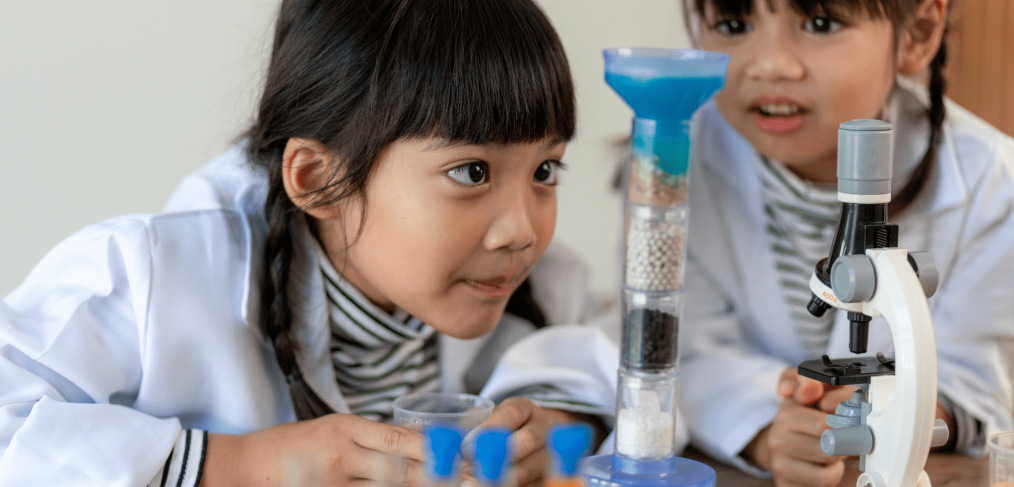CEDAR FALLS, Iowa (KCRG) – Students and professors at the University of Northern Iowa in Cedar Falls are exploring South Dakota’s Wind Cave, gathering research on how life could survive in extreme environments.
The UNI team is led by UNI chemistry and biochemistry professor Joshua Sebree, who started taking students on trips to study the cave in 2019. The years of research have built up- mapping out the cave and discovering chemical “fossils” by shining a black light on cave walls. “Every now and then you just come around a corner that you’ve never visited. You flip on your black light and you see something completely unexpected that nobody’s even documented before,” says Sebree.
Sebree says caves here on Earth are usual a hostile environment for life, with no nutrients, sun, and limited water. But Sebree’s team is applying their research off Earth, to other planets, and moons. “Europa and Enceladus and Titan all have icy bodies and subsurface oceans. Mars has a lot of evidence for water. So there’s a a high probability that if you want to think about the most hospitable place where you want life to be outside the solar system, it’s going to be a cave,” says Sebree.
The research is being pitched to NASA- with the goal of providing models and data that makes the search for life on other planets easier. The research is funded by NASA and the Iowa Space Grant Consortium.
Read the full article on: KCRG.com
Author Credit: Becky Phelps
Original Post Date: 4.27.25









